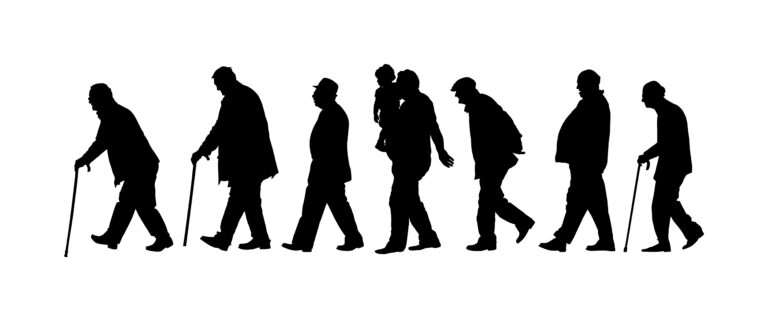Why is my father with dementia calling all the light bulbs by different names?
Dementia can cause confusion and changes in how a person perceives and interacts with their environment. Your father calling light bulbs by different names is likely due to the effects of dementia on his brain.
As dementia progresses, it becomes harder for the brain to correctly identify and name objects. Your father may be struggling to find the right word for “light bulb,” so he’s using other words that seem similar or related in his mind. He might call a light bulb a “sun,” “torch,” or “lamp” because these all produce light.
Sometimes, dementia can cause visual perception problems. Your father might be seeing the light bulbs differently than he used to, which could lead him to use different names for them. The shape, brightness, or placement of the bulbs might seem unfamiliar to him now.
Memory issues associated with dementia could also be a factor. Your father may have forgotten the word “light bulb” but remembers other light-related terms, so he’s using those instead.
It’s important to remember that this behavior isn’t intentional. Your father isn’t trying to be difficult or confusing. His brain is simply working differently now due to the dementia.
To help your father, you could try labeling light switches or bulbs with clear, large print. Using consistent, simple language when talking about lights might also be helpful. Most importantly, respond with patience and understanding. This can be a frustrating time for both of you, but staying calm and supportive is key.
If you’re concerned about changes in your father’s behavior or language use, it’s always a good idea to consult with his doctor. They can provide guidance specific to your father’s condition and stage of dementia.
Remember, while it may seem odd or frustrating, your father calling light bulbs by different names is just one of the many ways dementia can affect a person’s daily life and interactions with their environment.





